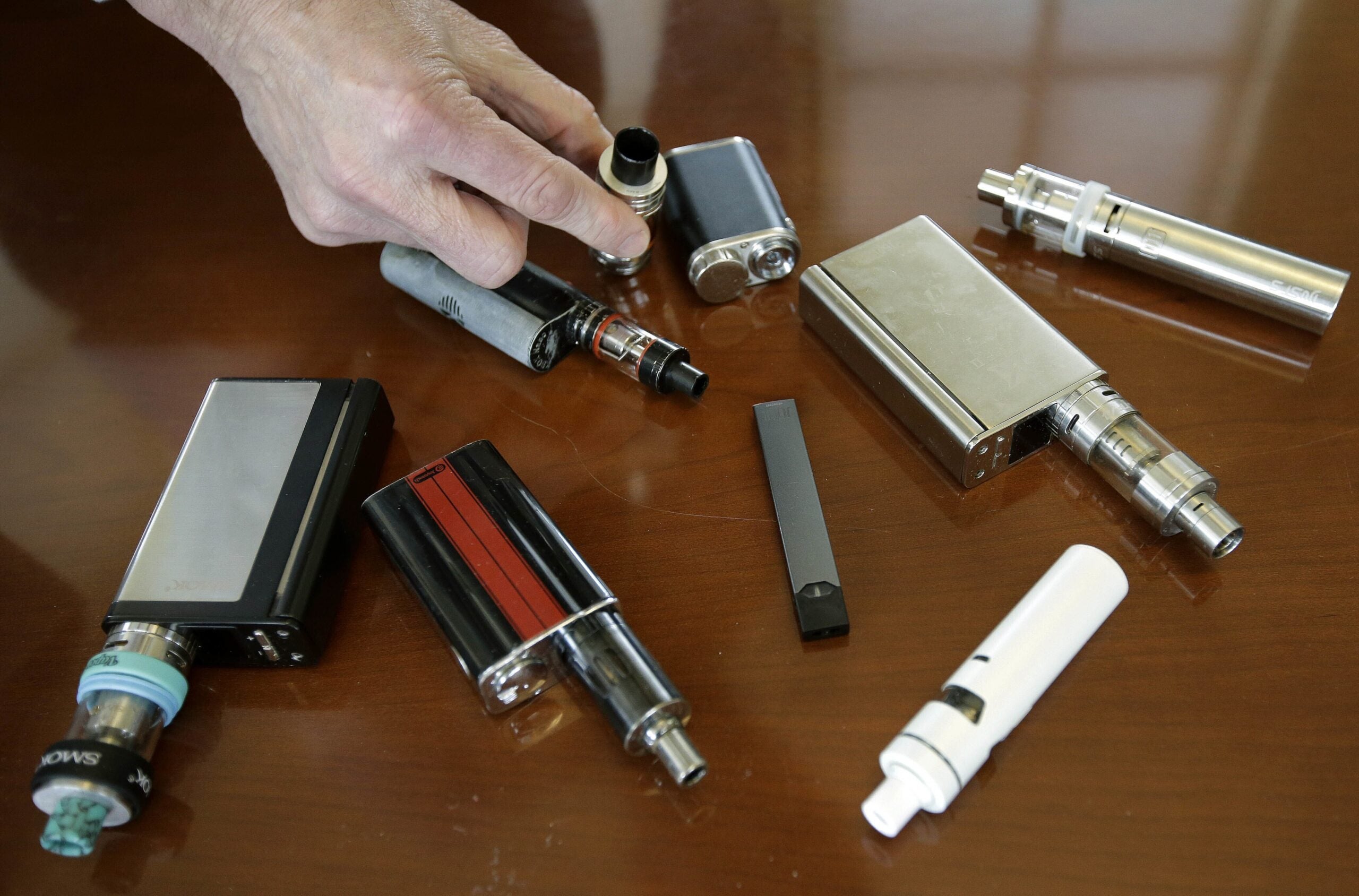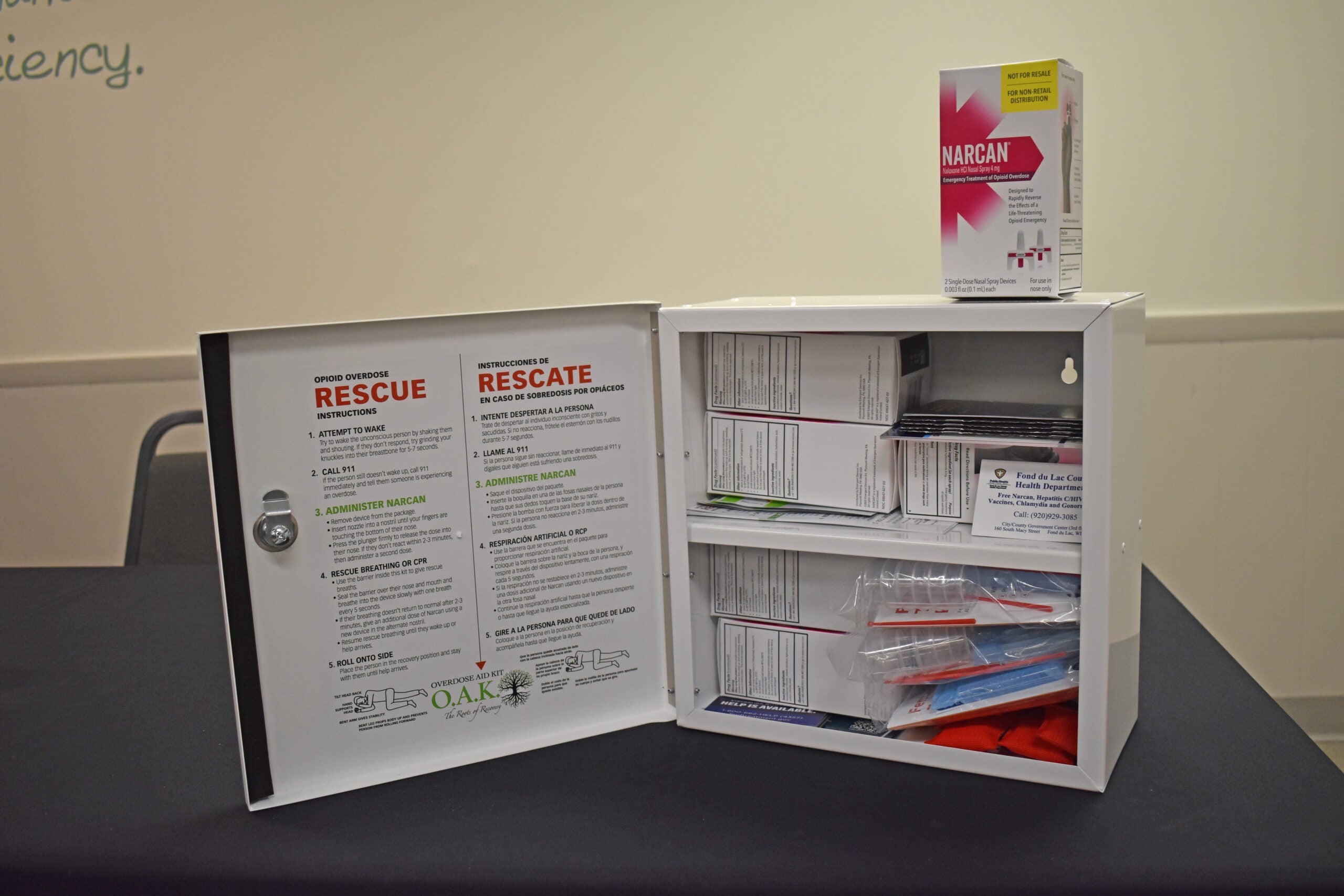A counseling service in Wisconsin is quadrupling its free supply of medication to help people quit all tobacco products.
Dr. Michael Fiore said since 2008, the Wisconsin Tobacco Quit Line would mail two weeks of medication including nicotine patches, nicotine lozenges or nicotine gum to eligible tobacco users.
Fiore told listeners on WPR’s “The Larry Meiller Show” that with the help of more funding from the Wisconsin Department of Health Services, eligible tobacco users can get eight weeks of medication free.
News with a little more humanity
WPR’s “Wisconsin Today” newsletter keeps you connected to the state you love without feeling overwhelmed. No paywall. No agenda. No corporate filter.
The program began Jan. 1 and runs for as long as the supply lasts.
Fiore, a professor of medicine, founder and director of the Center for Tobacco Research and Intervention at the University of Wisconsin-Madison, said there are about 650,000 smokers in Wisconsin. If those smokers don’t quit tobacco products, Fiore said about half will die prematurely of a disease caused by smoking.
“There’s nothing a person can do that will improve their current and future health as much as quitting smoking,” he said.
Eligible recipients can ask for an eight-week supply by calling 800-QUIT-NOW, texting “Ready” to 34191 or by visiting wiquitline.org. The medicine is mailed to recipients’ homes and does not require a prescription.
Fiore said research has shown the more times a person tries to quit tobacco products, the greater the likelihood is that they will succeed.
“We know that those who take the medicine for eight weeks are much more likely to quit,” he said.
How nicotine works in the brain
There are more than 5,000 chemicals in each drag of cigarette smoke, 50 of which are cancer-causing, or carcinogenic.
“It’s important to recognize that the burning of tobacco is a combustion process and as such results in the production of thousands of chemicals including carcinogens,” Fiore said by email. “It’s the chemical byproducts resulting from combustion rather than anything else that makes tobacco smoke so deadly.”
Fiore explained that when a smoker takes a drag of a cigarette, nicotine gets delivered through the lungs and into the brain. Within 10 seconds, the nicotine binds to neuroreceptors in the brain that result in feeding the addiction.
The nicotine patches serve as a bridge to help the body gradually receive nicotine while the tobacco user focuses on breaking the habit part of the addiction.
“Once you’ve got the habit broke, you can wean off the nicotine patches or the gum or the lozenges,” Fiore said.
For those who have a hard time weaning off the nicotine replacements, Fiore said to try mixing nicotine gum with spicy gum, such as Big Red. Then, gradually reduce the amount of nicotine gum and increase the amount of spicy gum until that’s all that remains.
Some people who haven’t found success with nicotine replacement medication can be helped by a drug called Chantix, or varenicline. It’s a twice-a-day pill that tricks the brain into thinking it’s getting nicotine and helps to cut cravings. Chantix requires a prescription.
“No matter how many times you’ve tried in the past, it’s a great time to quit, and we’re ready to help you in any way we can,” Fiore said.







